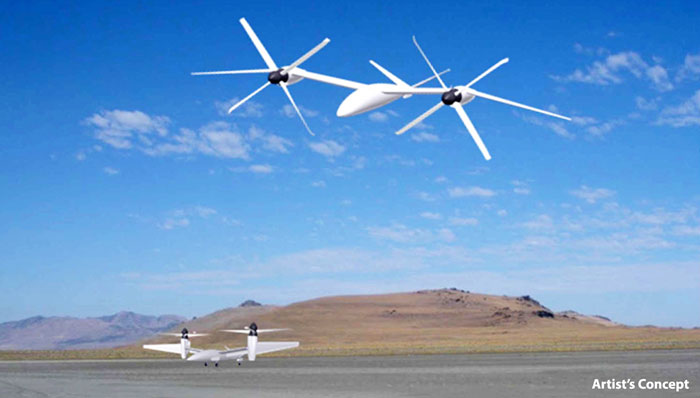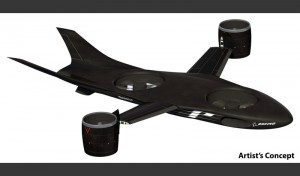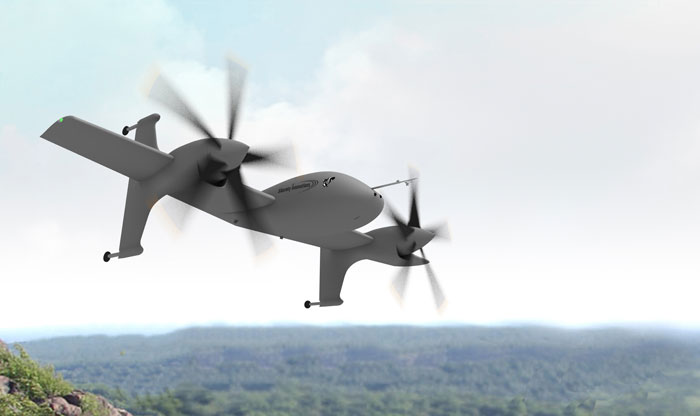

DARPA has tasked four companies with designing new aircraft to revolutionise vertical takeoff and landing (VTOL) flight capabilities. The four are Aurora Flight Sciences Corporation, The Boeing Company, Karem Aircraft, Inc. and Sikorsky Aircraft Corporation. The next major milestone for VTOL X-Plane is scheduled for late 2015, when the four performers are required to submit preliminary designs. At that point, DARPA plans to review the designs to decide which to build as a technology demonstrator, with the goal of performing flight tests in the 2017-18 timeframe. (Full story is available here)
For generations, new designs for vertical takeoff and landing aircraft have remained unable to increase top speed without sacrificing range, efficiency or the ability to do useful work. DARPA’s VTOL Experimental Plane (VTOL X-Plane) program seeks to overcome these challenges through innovative cross-pollination between the fixed-wing and rotary-wing worlds, to enable radical improvements in vertical and cruise flight capabilities. In an important step toward that goal, DARPA has awarded prime contracts for Phase 1 of VTOL X-Plane to the four companies.

“We were looking for different approaches to solve this extremely challenging problem, and we got them,” said Ashish Bagai, DARPA program manager. “The proposals we’ve chosen aim to create new technologies and incorporate existing ones that VTOL designs so far have not succeeded in developing. We’re eager to see if the performers can integrate their ideas into designs that could potentially achieve the performance goals we’ve set.”
VTOL X-Plane seeks to develop a technology demonstrator that could achieve a top sustained flight speed of 300 – 400 kt, raise aircraft hover efficiency from 60 percent to at least 75 percent and Carry a useful load of at least 40 percent of the vehicle’s projected gross weight of 10,000-12,000 pounds. Another goal will be to present a more favorable cruise lift-to-drag ratio of at least 10, up from 5-6.
All four winning companies proposed designs for unmanned vehicles, but the technologies that VTOL X-Plane intends to develop could apply equally well to manned aircraft. Another common element among the designs is that they all incorporate multipurpose technologies to varying degrees. Multipurpose technologies decrease the number of systems in a vehicle and its overall mechanical complexity. Multipurpose technologies also use space and weight more efficiently to improve performance and enable new and improved capabilities.

















